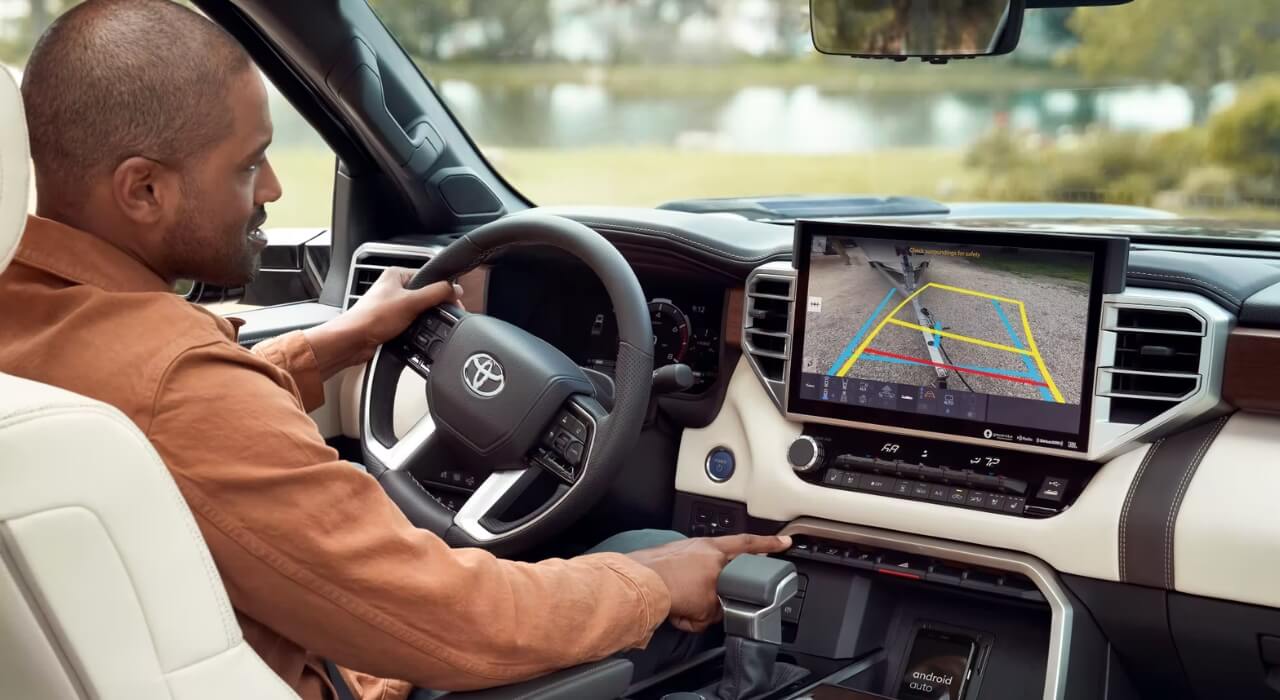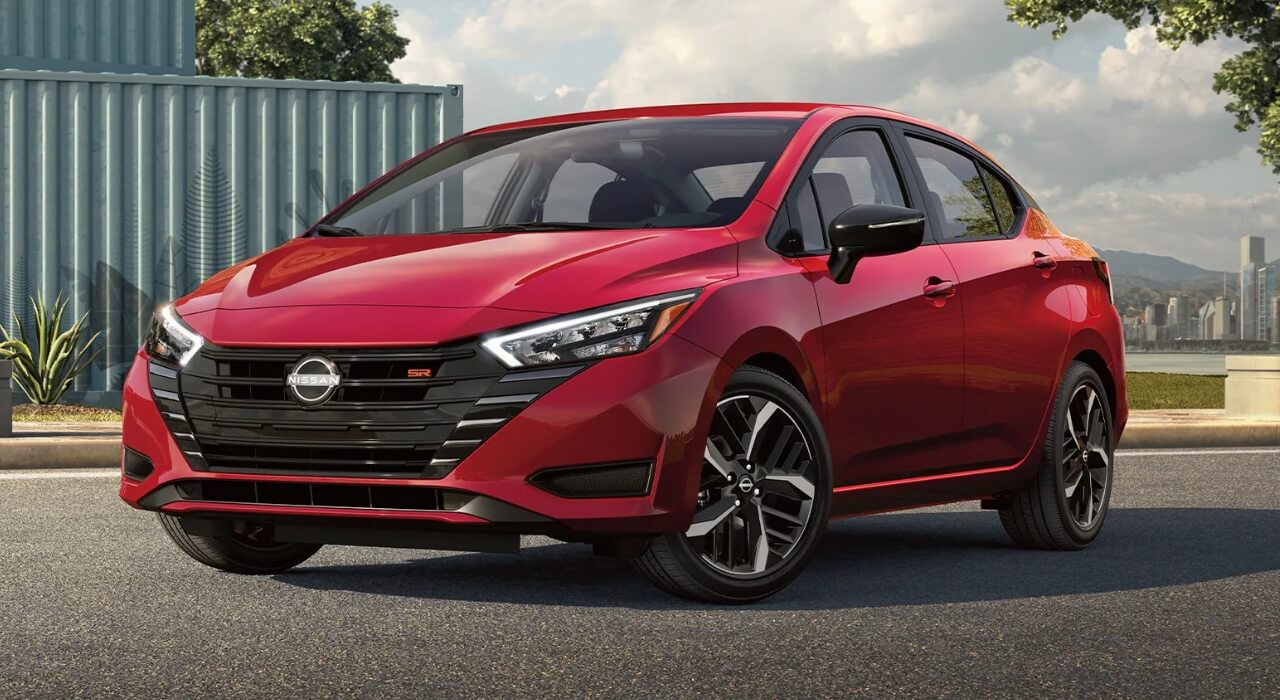Rain can turn a drive on even familiar roads into a serious challenge. When driving in wet conditions, it’s often necessary to make adjustments to our driving habits to ensure we stay safe and in control of our vehicle. Driving in the rain requires preparation, awareness, and adaptation so that we can prioritize the well-being of ourselves and others on the road.
In this article, we discuss five essential strategies you can use to stay safe on the road during heavy rainfall. Remember that if you do experience a collision, an experienced Portland car accident lawyer may be able to assist you and help secure compensation for damages suffered. Read on to learn more about driving in the elements!
Preparing for Wet Conditions
Before taking your car out on freshly-slick roads, ensure your vehicle is equipped to handle the challenge. You’ll want to carefully inspect your tires before leaving your home. Tire tread depth plays a crucial role in ensuring proper traction. Worn tires lose their grip on wet surfaces, which makes it more likely that your vehicle will skid or hydroplane.
Aim for tread depths exceeding 4/32 of an inch for optimal performance in rainy conditions. You can measure the tread depth by checking a tire’s wear bars or using a tire tread gauge. If neither of these methods works, you can even use a penny to check the tread left on your tires. On the coin, Abe Lincoln’s head is 2/32nds from the edge of the penny. Carefully place the penny into the tire’s tread head-first. If you can see the top of Abe’s head, your tire’s tread is dangerously worn down. After checking your tread depth, verify your car’s tire pressure as well, adjusting zto recommended levels for driving in wet conditions.
Suggestion: Best & Worst Toyota RAV4 Years You Should Know Before Buying
Making sure that you can clearly see the road is crucial in poor weather. Check your car’s windshield wipers, ensuring they work without leaving streaks along your windshield. Replace worn-out blades that do not properly clear your windshield. Verify that your car has windshield washer fluid and keep it topped up for effective clearing. Double-check that your headlights, brake lights, and turn signals all work. Heavy rain reduces visibility for everyone on the road, so making sure you’re visible to others is important.
Effective Techniques for Driving in the Rain
Adjust your driving style to account for the reduced grip available on wet roads. First and foremost, slow down! Wet roads require increased distance for safe braking, and traveling at a slower speed reduces the risk of hydroplaning. Maintain a larger following distance than usual so that you can safely come to a stop or evade an unexpected obstacle in the road.
Smooth, controlled actions are essential in poor weather. Avoid abrupt steering, braking, and acceleration. These actions can cause your tires to lose traction on the road, which can make you lose control of your car altogether. When braking, take care to apply pressure gently so that you don’t skid. Accelerate smoothly, avoiding sudden bursts of power that can spin your wheels. When taking a corner, be sure to maneuver slowly and maintain a steady speed to keep your wheels firmly on the ground.
Also Read: 11 Best Cars With White Interior – Explore Luxury Cars In 2024
Enhance Visibility and Awareness
Heavy rain significantly reduces visibility, both for you and other motorists on the road. To make yourself more visible to other drivers, be sure to have your headlights on. This not only protects you but also helps others adjust their speed and anticipate your movements. Use the defroster properly to keep your windows clear of condensation that can impair your ability to see the road.
Stay informed about weather conditions before and during your journey. Weather forecasts and real-time traffic updates can inform your route planning and alert you to potential hazards like flash floods or sudden downpours. Adjust your route or delay your trip if weather conditions become severe or pose a risk to safe driving. Arriving safely is always more important than arriving on time.
Be Prepared for Emergency Situations
You should always have a basic emergency kit in your car, even when the weather is perfect. It never hurts to be prepared for anything that can come your own! Your kit should include essentials like water, non-perishable snacks, a blanket, a portable phone charger, a flashlight, and a first aid kit. Having these items readily available can keep you safe and in good health if your vehicle breaks down or you find yourself stuck somewhere.
If you begin to hydroplane, stay calm and do not make abrupt movements. Take your foot off the accelerator and allow your car to gradually coast to a more manageable speed. Do not slam on the brakes or wrench your steering wheel to correct your direction of travel, as this can actually make the situation worse. Keep a firm grip on the steering wheel and allow the tires to regain traction naturally.
Even if you follow all of these safety tips, heavy rainfall and storms can create hazardous road conditions that are not safe to drive in. If you feel that continuing to drive would place you in danger, find a safe area to pull over or park your vehicle. Look for well-lit, elevated areas away from the main road, such as designated rest stops or parking lots. If visibility is severely compromised and you cannot find a safe place to stop, pull to the side of the road. Turn on your hazard lights and stay inside your vehicle with your seatbelt fastened until weather conditions improve enough to get back on the road.
Embracing the Challenge of Weather with Confidence
Driving in the rain can test your driving skills and ability to adjust to the elements. Keep in mind that preparation, awareness, and responsible driving habits are the cornerstones of navigating the challenges of rainy weather. We hope that this article helps you and your loved ones stay safe the next time you need to hit the road in wet conditions.


















